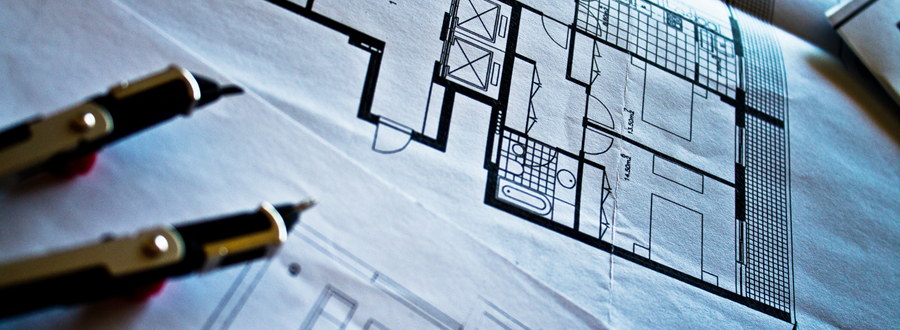What is a construction loan?
Borrowing for your building project? Here's how a construction loan works.

If you’re looking to build a new home rather than purchase an established property, you’re going to be investigating construction loan options. A construction loan, as opposed to a standard home loan, is a specific type of loan with different payment structure to that of a home loan.
What is a construction loan?
A construction loan is specifically designed for people who are building a house rather than buying a house that is already standing. Most commonly, a construction loan has a progressive draw-down. Essentially, this means that the funds needed for payments of construction costs are released as they occur across the period of building, rather than being fully funded all at once.
There are a number of factors that determine what your borrowing power is, however, one of the main determining factors of this is how much the final property product is valued at. Typically, your loan will be interest only while the construction occurs and will then revert to a principal and interest loan once fully funded and the construction is completed.
How does it work?
Due to the nature of construction loans, the lender will make periodic payments to the party building the property once construction has begun. Banks will typically group the construction process into five stages, and will make these periodic payments upon the completion of each of these stages.
Completion of base or ‘slab down’
This is the first stage of the building process and refers to laying the foundations of your property. This doesn’t just cover the actual concrete slab, but the plumbing and waterproofing as well.
Completion of the frame
This part of the construction process includes framing up your new house or property and partially covers brickwork, as well as other essentials such as roofing and trusses, as well as window framing.
Completion of lockup
This section of the loan, as the name suggests, allows you to lock up your house. Hence, it covers parts of the construction that include putting up external walls as well as hanging doors and installing windows.
Internal fitout and fixings
Now that you will be able to lock your house up, it’s time for the internal fittings and fixtures – all the details that make your house a home. This part of the loan allows for finalising plumbing, electricity, plasterboard and partial installation of benchtops and cupboards. It will also cover guttering around the outside of your house.
Construction completed
This is the final part of the loan and will cover things such as finishing touches on plumbing and electricity, painting, cabinets and doors, as well as external paths and driveways (if you’ve included them). It will also cover final cleaning costs following the build.
Terms and conditions
It’s often the case that the lender of a construction loan will not release funds for each stage of the loan until an inspection has occurred to confirm that the works have been completed for that stage. It’s also important to note that interest and repayments are only calculated against the amount of money that has been drawn down, so your repayment commitments are likely to increase as your build progresses
Final things to remember
It’s important to remember that applying for a construction loan is different from applying for a standard home loan. When you apply for the loan, you’ll generally be required to provide approved council plans for the new property. These need to be drafted by a professional and will be used by the lender to determine the expected value of the property when it is completed. This is crucial in determining how much you will be able to borrow.
If you need more information about the home loan process, whether you want to learn more about home loans in general, discover your borrowing power, how much a home loan costs and ensuring you’re fit for a home loan, visit the Heritage Bank Help and Guidance section.